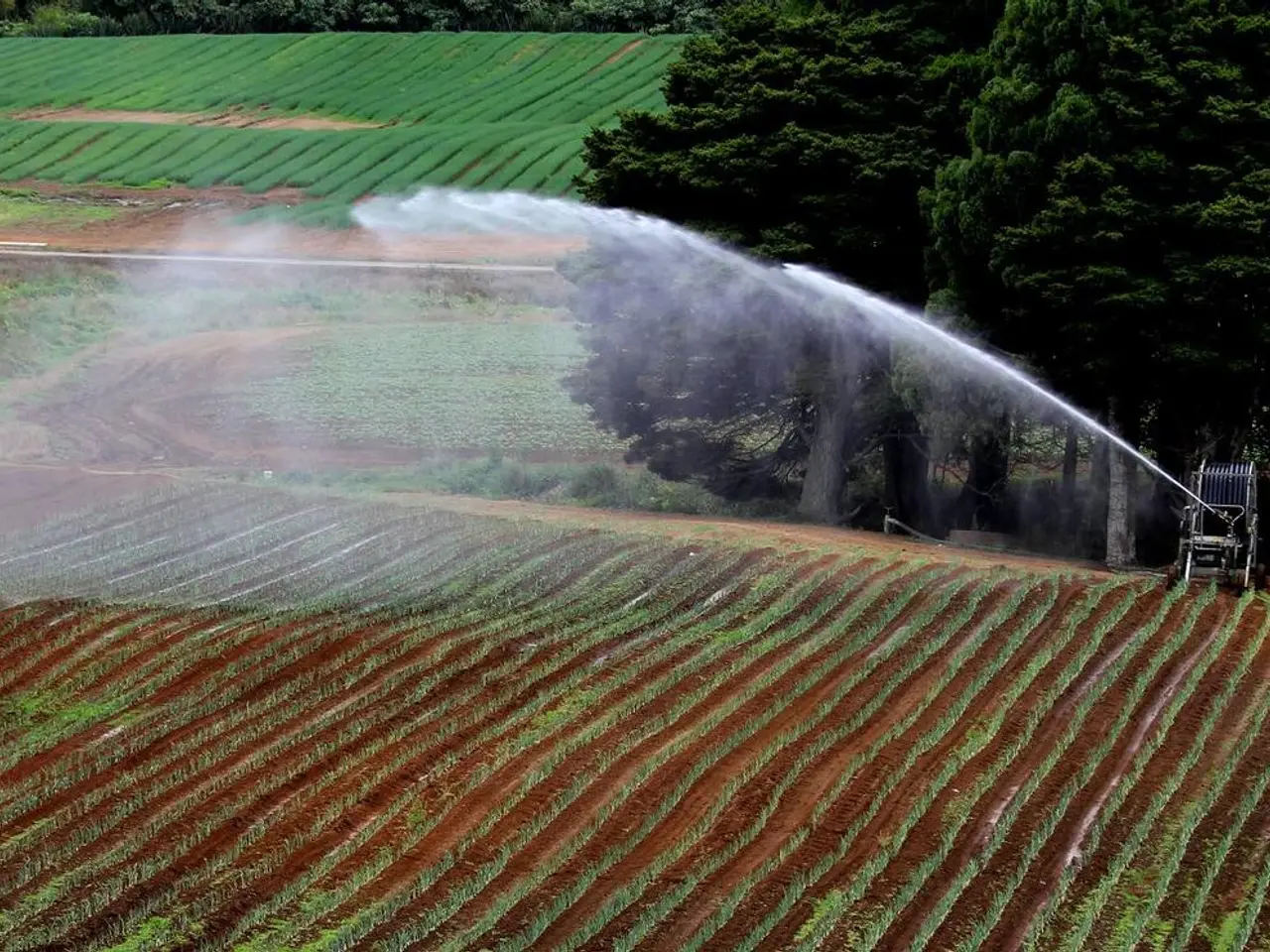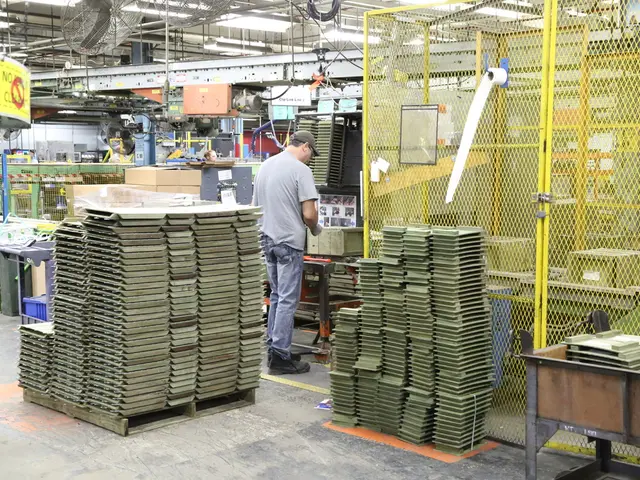City-Based Permaculture: Cultivating Produce in Metropolitan Spaces
==================================================================
In an increasingly urban world, the importance of urban agriculture and permaculture practices is becoming more evident. With half the global population now residing in cities, these innovative methods are playing a crucial role in improving food security, local food systems, and the sustainability of urban living.
Urban agriculture is not just about growing food in cities; it's about connecting people with the land and their culture. By fostering community gardens, urban agriculture improves the quality of urban living, promoting a sense of community and well-being.
New technological innovations are revolutionizing urban agriculture. Hydroponic and aquaponic systems, AI-assisted farming, and smart irrigation systems are just a few examples of the advancements that are making urban farming more efficient and sustainable. Rooftop gardens, vertical farming, and hydroponics are solutions to space constraints in urban areas, allowing for food production even in the smallest of spaces.
Permaculture principles, such as diversity, ecosystem mimicry, resource cycling, and community involvement, are being successfully applied to urban agriculture projects worldwide. These principles aim to recycle resources, use space efficiently, promote a variety of plants and animals, and adapt to urban challenges.
One of the most significant challenges facing urban agriculture is finding space in crowded cities. However, innovative solutions like rooftop gardens, community gardens, and vertical farming are helping to overcome this obstacle. For instance, Nisha Agarwala's rooftop food forest in Kolkata, India, transforms a 1,200 sq ft terrace into a permaculture-based micro-ecosystem, producing a diverse range of fruits and vegetables.
Urban community gardens are perfect for learning about nature, how things are connected, and how to live sustainably. These gardens provide opportunities for learning, sharing, and building friendships, and show how teamwork leads to great urban agriculture projects.
Urban farmers often struggle with city rules and zoning laws, but with the right planning and a detailed site assessment, it is possible to create a successful, green urban garden. Designing an urban permaculture garden needs careful planning, including a detailed site assessment and setting clear goals for the garden design. Sustainable design, such as water harvesting and composting, is vital in urban garden design.
Urban agriculture not only provides fresh, healthy food for city dwellers but also improves their mental health by connecting them with nature and building community. It helps reduce the consumption of Earth's resources by cities, lower their carbon footprint, and improve food security. Additionally, urban agriculture fights the Urban Heat Island effect, lowers city temperatures, adds green spaces, improves the climate, prevents floods, and cuts down greenhouse gas emissions.
In conclusion, urban agriculture and permaculture practices are transforming cities worldwide, providing opportunities for sustainable food production, community building, and environmental stewardship. Whether it's through small-scale individual projects, community initiatives, or commercial rooftop farms, these innovative methods are making a significant impact on urban living.
- Urban farming's role in improving the sustainability of urban living extends beyond food security to connecting people with their culture and nurturing a sense of community and well-being.
- The application of permaculture principles in urban agriculture projects worldwide focuses on resource cycling, spatial efficiency, encouraging biodiversity, and adapting to urban challenges.
- Composting, as part of sustainable urban garden design, plays a crucial role in recycling organic waste and enriching the soil, promoting biodiversity and the health of plants.
- Rainwater harvesting is another essential aspect of sustainable urban garden design, helping conserve water, reduce runoff and stormwater flooding, and mitigate the effects of microclimates.
- Working together in community gardens fosters bonding, promotes collaboration, and encourages mutual learning about companion planting, nutrition, and health-and-wellness practices.
- Environmental science, sustainability, food-and-drink, education-and-self-development, fitness-and-exercise, and lifestyle are intertwined aspects of urban agriculture that inspire individuals to lead healthier, more conscious lifestyles.
- Scientific advancements and technology, like hydroponics, aquaponics, AI-assisted farming, and smart irrigation systems, are powering the efficiency of urban agriculture in cramped urban microclimates.
- By growing food in cities and implementing sustainable gardening practices, urban agriculture can contribute to a range of health and wellness benefits, from the physical act of gardening to the consumption of fresh, nutritious food, while enhancing the overall environmental conditions of the urban landscape.




